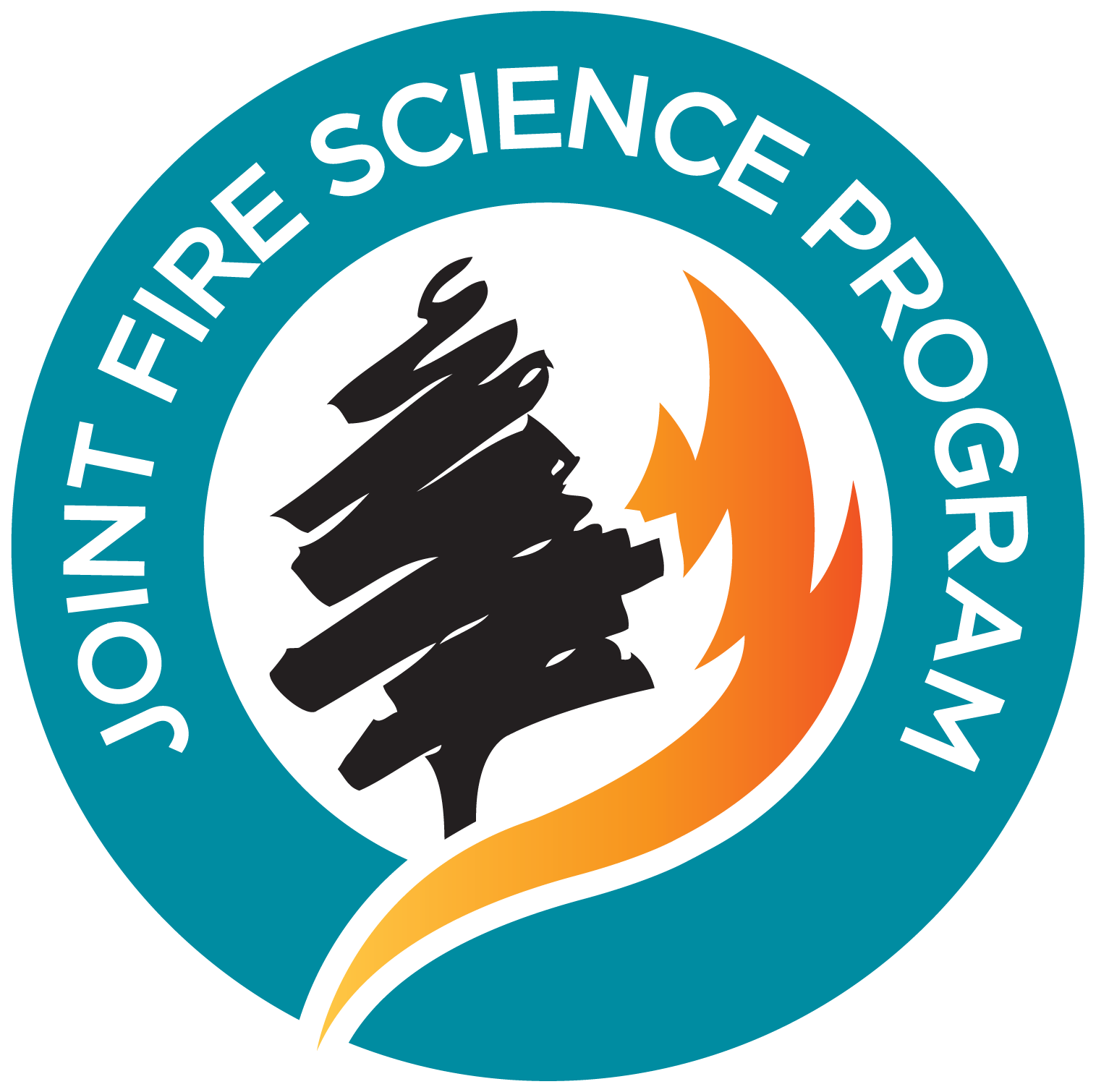United States Joint Fire Science Program

Joint Fire Science Program Synthesis Reports
Date of this Version
2012
Document Type
Article
Citation
Joint Fire Science Program Synthesis Reports, 2012
General Technical Report, NRS-111
Abstract
Over the past decade, a growing body of research has been conducted on the human dimensions of wildland fire. Building on a relatively small number of foundational studies, this research now addresses a wide range of topics including mitigation activities on private lands, fuels reduction treatments on public land, community impacts and resident behaviors during fire, acceptance of approaches to postfire restoration and recovery, and fire management policy and decisionmaking. As this research has matured, there has been a recognition of the need to examine the full body of resulting literature to synthesize disparate findings and identify lessons learned across studies. These lessons can then be applied to fostering fire-adapted communities—those communities that understand their risk and have taken action to mitigate their vulnerability and increase resilience.
This compendium of social science research findings related to fire-adapted communities has resulted from a project funded by the Joint Fire Science Program (JFSP). As part of these efforts, the research team reviewed more than 200 publications of research results. Then the team convened a workshop with 16 scientists with extensive experience in the human dimensions of fire management issues. Workshop participants evaluated collective findings and discussed their application to support fire management activities. In addition to this compendium, project outputs were: 1) a synthesis of published literature specific to eight management questions identified by the JFSP, 2) a list of future research needs, 3) a bibliography, including abstracts, with accompanying subject area guide, and 4) a video featuring the experiences of agency personnel and community leaders in successful collaborative fire planning settings. This video is accompanied by a field guide for use by agency managers to more effectively participate in building fire-safe communities.
In the sections that follow, we describe our approach to completing this review and present key findings from the literature. Our discussion is organized around five major topical areas: 1) homeowner/community mitigation, 2) public acceptance of fuels treatments on public lands, 3) homeowner actions during a fire, 4) postfire response and recovery, and 5) wildland fire policy and planning. The compendium concludes with a presentation of management implications and a bibliography of all material in this review.
Included in
Forest Management Commons, Other Forestry and Forest Sciences Commons, Wood Science and Pulp, Paper Technology Commons


Comments
United States government work